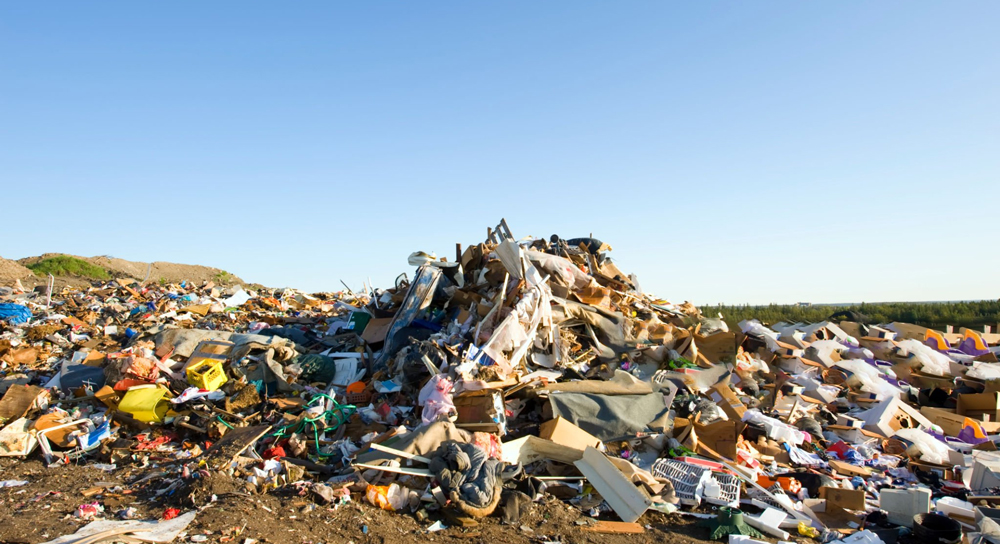 Time:2025-05-08
Time:2025-05-08
 Source:青绿环境
Source:青绿环境
Solid waste sorting technology plays a crucial role in environmental protection and resource recovery. With the increasing global attention to environmental issues and the vision of "waste-free cities," solid waste sorting technology is rapidly developing in the directions of intelligence, integration, and greening.

I. Solid Waste Sorting Technology Processes
At present, the main methods of solid waste sorting include physical sorting, chemical sorting, and biological sorting. Physical sorting is the most commonly used method, such as gravity sorting, magnetic sorting, electrostatic sorting, and screening. These methods mainly rely on the differences in density, magnetism, electrical properties, and particle size of the waste for separation. For example, metal waste can be efficiently recovered through magnetic or eddy current separators, while plastics and paper can be separated using air sorting or optical sorting technologies. Chemical sorting is mainly used to deal with mixed waste that is difficult to separate by physical methods. Useful substances are extracted from waste through methods such as dissolution, precipitation, and flotation. Biological sorting is mainly applied to the treatment of organic waste. Organic matter can be degraded and utilized through microbial fermentation and composting.
II. Development Trends
1. Intelligence: With the development of artificial intelligence (AI) and machine learning algorithms, intelligent identification systems are increasingly being applied in the process of solid waste sorting. By training models to recognize different types of waste, not only is the sorting efficiency improved, but the error rate is also significantly reduced. For example, visual recognition systems using deep learning algorithms can accurately distinguish different types of plastic products, thereby increasing the recycling rate.
2. Integration: Future solid waste sorting equipment is trending towards integrating multiple functions into one, forming an integrated solution. This can save space and improve processing speed and accuracy. For example, mobile processing equipment that integrates crushing, sorting, and compression functions can quickly process construction waste on-site, reducing transportation costs and the risk of secondary pollution.
3. Greening: The increasing environmental awareness is driving sorting technology to develop in a more environmentally friendly direction. This includes reducing energy consumption and the use of chemical agents. The development of new green solvents has brought new opportunities for chemical sorting, and the development of more efficient physical sorting technologies is also an important way to achieve greening.
In summary, with the deep integration of AI and the Internet of Things, solid waste sorting technology is undergoing unprecedented changes. In the future, through continuous innovation and improvement, these technologies will become more precise and efficient, helping the world move towards the vision of "waste-free cities."













 Prev
Prev











